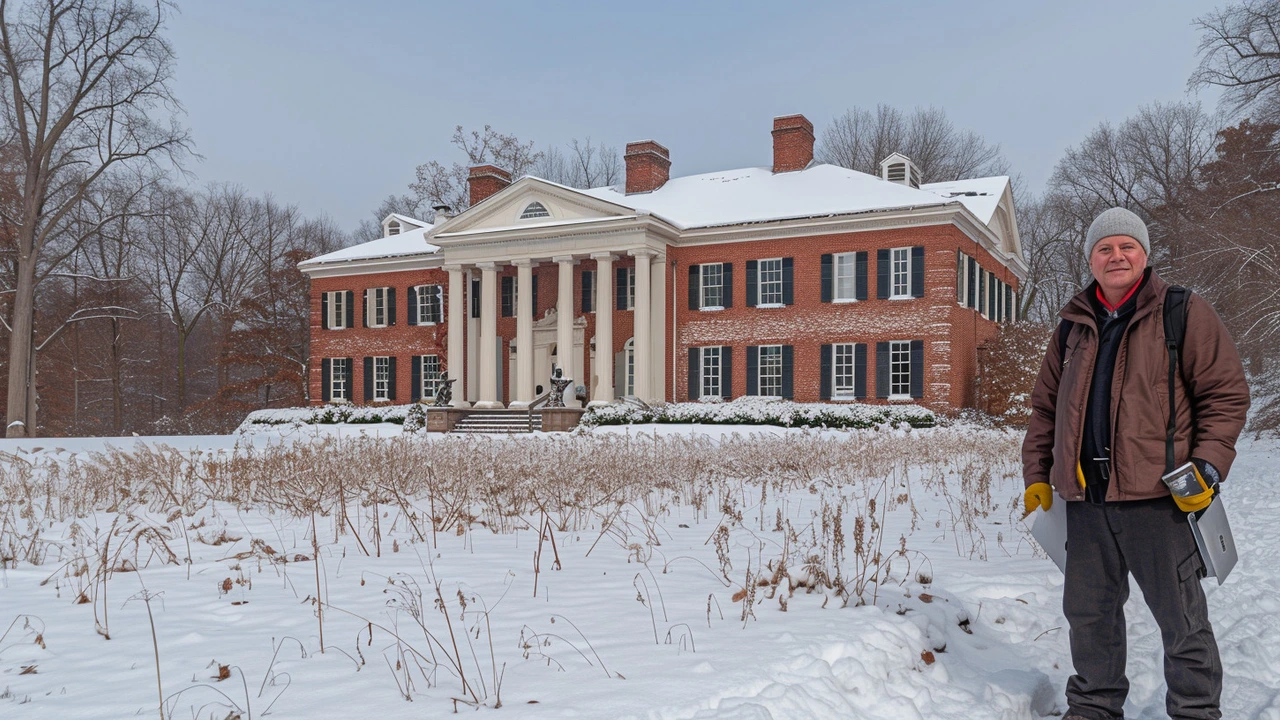Colonial Revival Architecture: What It Is and How to Spot It
You probably walk past Colonial Revival houses every day without realizing it. This style reshaped American neighborhoods from the 1880s through the mid-20th century, mixing older colonial details with modern needs. If you want to recognize it, restore it, or bring the look into a new build, focus on clear, simple features rather than fancy terms.
Key features to spot
Start with symmetry. Most Colonial Revival homes have a balanced front: centered doors, evenly spaced windows, and matching chimneys. Look for a prominent entry—usually a decorative pediment, fanlight, sidelights, or a small porch with columns. Columns can be simple square posts or classic round columns inspired by Greek and Georgian models.
Roofs are usually side-gabled or hipped. Dormers are common and often add usable space upstairs. Materials tend to be brick or clapboard siding; painted wood and muted color palettes are typical. Windows are usually double-hung with multiple panes, often set in pairs or rows. Shutters are common but mostly decorative—original shutters were functional, modern ones are usually fixed.
Expect interior hints too: a center-hall layout, plain but well-crafted moldings, built-in cupboards, and fireplaces in main rooms. The Revival part means architects borrowed freely—so you’ll also see Georgian, Federal, and Dutch Colonial details mixed together.
How to use Colonial Revival in your home
Want the Colonial Revival look without turning your house into a museum? Keep the proportions and entry details, then simplify the trim. A bold, centered front door with a fanlight or sidelights immediately reads historic. Use balanced window placement and add true divided-lite windows or sympathetic grilles to match the scale.
For modern comfort, update systems—HVAC, insulation, wiring—without changing visible features. Replace windows with energy-efficient models that match original profiles. When repairing siding or trim, match the original materials and profiles where you can. If budget is tight, focus on the entry and the front facade; those elements give the most visual impact for the least cost.
Color choices matter. Stick to traditional palettes—soft whites, warm creams, muted blues, and brick reds. Avoid overly bright or trendy colors that break the historic feel. For landscaping, symmetrical plantings and a simple walkway reinforce the style. A classic porch swing or bench feels right here, but skip fussy Victorian details.
Colonial Revival is flexible. It shows up in grand homes and modest bungalows, in cities and suburbs. Once you know the basic ingredients—symmetry, centered entries, simple columns, multi-pane windows—you’ll spot variations easily. Use those cues when planning a renovation or when comparing neighborhood houses. Practical, familiar, and quietly stylish—that’s why Colonial Revival still matters in 2025.

The Enduring Charm of Colonial Revival Architecture
Hey there, architecture lovers! Let's dish on the classic beauty that is Colonial Revival Architecture. Picture it: Symmetrical facades, grand entryways, and oh-so-charming multi-pane windows. These time-honored design elements have not only stood the test of time, but they've also skipped, hopped and totally danced their way through it. So pop on your tricorn hat and buckle shoes because the enduring allure of Colonial Revival Architecture is here for the long haul. Isn't it simply breathtaking?
Read more